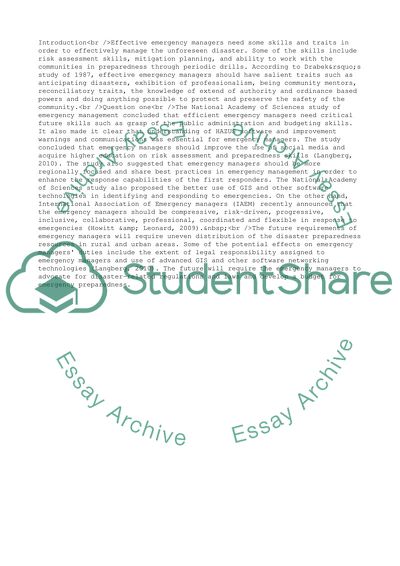Cite this document
(An Innovative Model for the National Level Security Team Essay, n.d.)
An Innovative Model for the National Level Security Team Essay. Retrieved from https://studentshare.org/management/1606290-emergency-management-670-week-7-conference
An Innovative Model for the National Level Security Team Essay. Retrieved from https://studentshare.org/management/1606290-emergency-management-670-week-7-conference
(An Innovative Model for the National Level Security Team Essay)
An Innovative Model for the National Level Security Team Essay. https://studentshare.org/management/1606290-emergency-management-670-week-7-conference.
An Innovative Model for the National Level Security Team Essay. https://studentshare.org/management/1606290-emergency-management-670-week-7-conference.
“An Innovative Model for the National Level Security Team Essay”, n.d. https://studentshare.org/management/1606290-emergency-management-670-week-7-conference.


